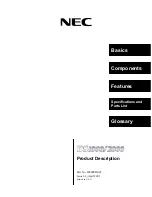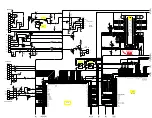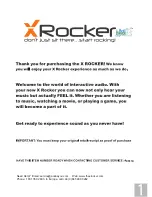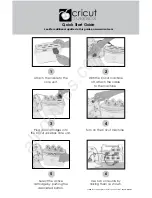
MFJ-418 Pocket Morse Code Tutor
Instruction Manual
©
1996-2006 MFJ Enterprises, Inc.
5
•
New Play Menu
–
Press Select to have the unit start sending code. To pause
the sending, press Select again (the word
"PAUSE"
will appear in the
display). To stop the sending, press the Select button and hold it down for
more than one second (the word
"STOP"
will appear in the display).
•
Repeat
Play
Menu
–
If you wish to hear the previous session sent again,
press Select.
Learning Morse Code
Learning Morse code is a matter of practice, practice and more practice.
Whether you're just starting to learn the characters or working on high-speed
"head copying," you'll succeed through regular, frequent practice. That is why
the MFJ Pocket Morse Code Tutor is the ideal tool for learning the code. It
provides an extremely wide variety of practice sessions, all sent in truly random
fashion and with high-quality audio like that used in examination sessions.
Unlike tapes, which you quickly can memorize and thus defeat the purpose of
the practice, the Pocket Code Tutor sends a new practice session every time to
hone your skills. With speeds from 3 to 80 wpm and sets from a few characters
to the entire character set, then words and QSOs, this unit can take you from no
code skills at all up to the ranks of high-speed CW contesters.
Over the years, many different programs for building code proficiency have
been developed, but the common element to all these programs is regular
practice. With the MFJ-418, you may follow any training program you desire.
This unit is extremely versatile and allows you to tailor its functions to provide
the type of code practice you desire. It also allows you to customize your
practice sessions to focus on any particular trouble spots that may arise during
your training.
A traditional method of gaining code proficiency has been to learn all the
characters, then slowly build speed. While this succeeds for many people, it
proves frustrating for others. A common complaint is that, at about 10 wpm,
students hit a "plateau," where they see no increase in their copying speed for
some time. An alternative method, devised by a psychologist in the 1930's,
starts students at full speed, say 15 or 20 wpm, but with only a limited set of
characters at the beginning. This Koch Method, named after its inventor,
showed the fastest training progress of any method ever published in the
psychological journals.
The MFJ-418's Custom Character sets allow you to use the Koch Method in an
easy, straightforward manner. For full details on the Koch Method, as well as










































